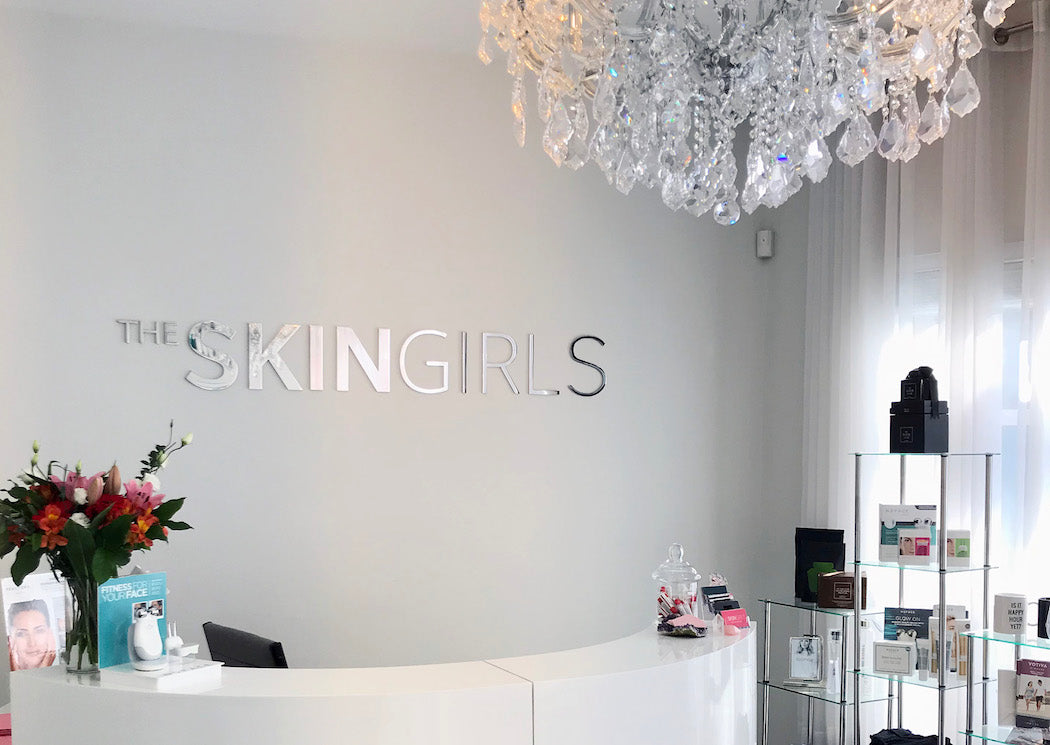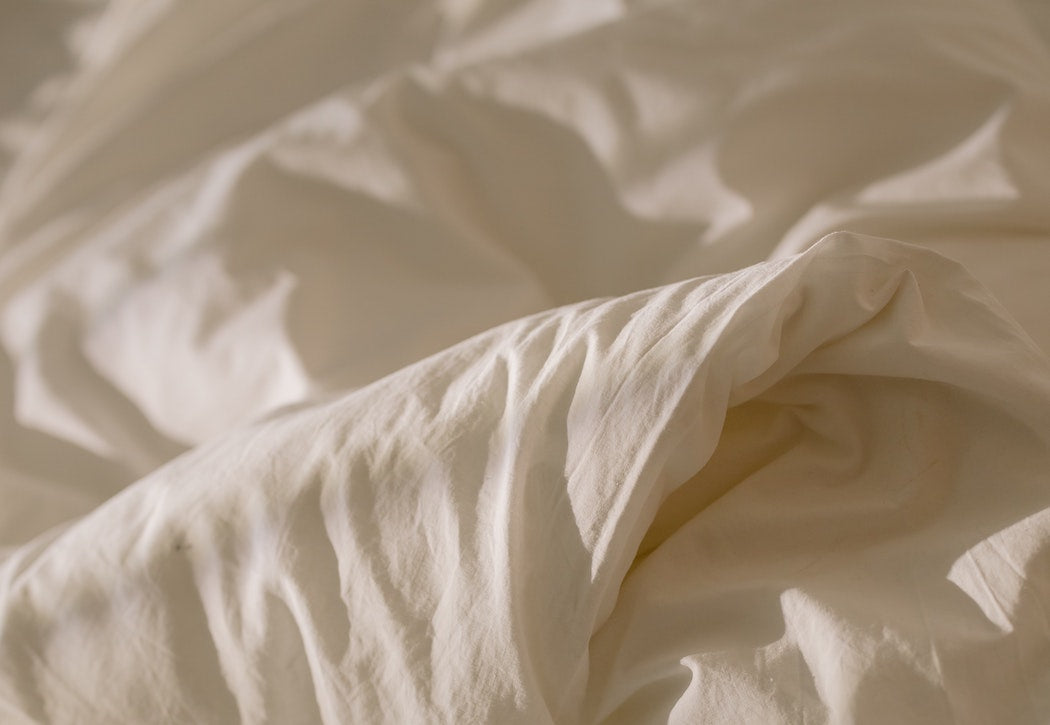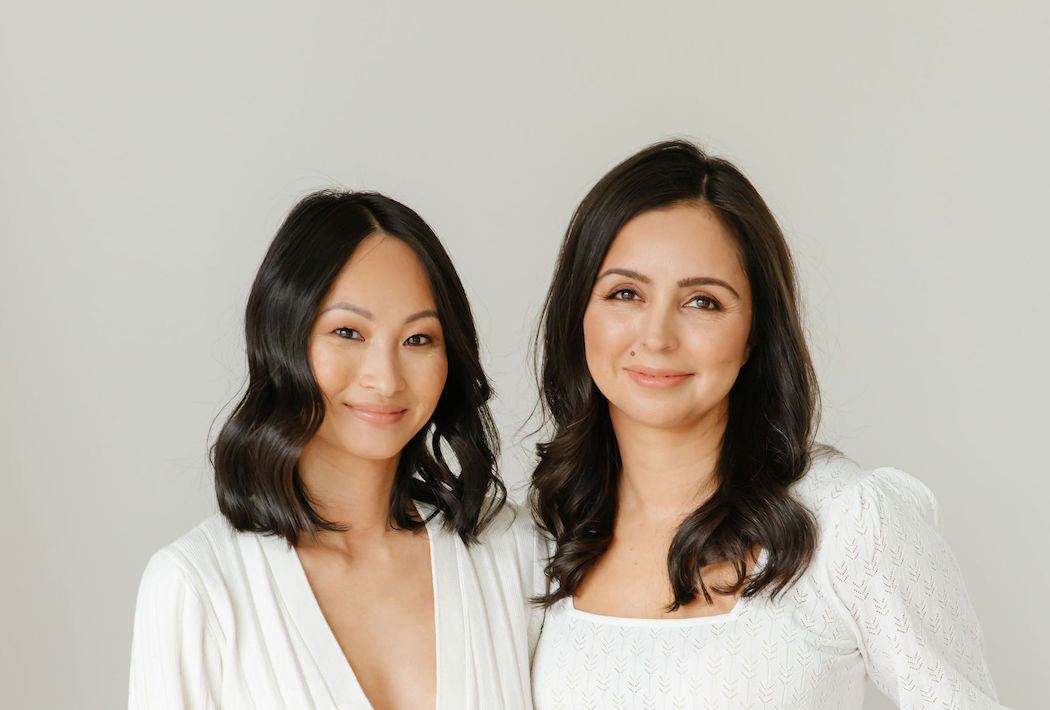When Lisa Blair moved to Vancouver from Montreal, she brought three suitcases with her—and two of them were filled with skincare.
She was working in film at the time, doing stunts mostly, but skin had always been an underlying love. Today she’s still working in film in the sense that her facial clinic, The Skin Girls, is a go-to for Hollywood actors who are working in town. Her calming, white-walled space in Yaletown (which includes a back door for the aforementioned celebrities to slip in and out of undetected) offers an array of incredible, results-driven facial treatments, including microdermabrasion, LED light therapy, and laser work. With a passion for skin that truly runs deep, Blair is a wealth of knowledge when it comes to formulas, procedures, and products, making her the perfect person to talk to about one of skincare’s buzziest ingredients right now: facial acids.
“They all do the same thing in the sense that they exfoliate the dead skin, the outer layer of dead skin,” Blair explains. “They’re just different versions depending on what your main concerns are and what your skin type is.” While working away on this writer’s face, she outlines some of the main types of acid filling up shelves today—so that the curious can learn what they do, and for who.
Hyaluronic acid
“Hyaluronic acid plumps up the skin, it replenishes moisture in the skin. As we age, our hyaluronic acid level doesn’t do what it used to do. So it is good for boosting hydration and plumping up the skin for sure. It’s in a lot of creams and serums and it can be used on any skin type. Hyaluronic acid is great.”
Salicylic acid
“Salicylic’s used mostly for people who have acne; lotions or moisturizers will contain salicylic acid for an acne regime. You can do salicylic acid peels, and then it can be an ingredient in your moisturizer.”
Glycolic acid
“Glycolic is for an older skin type; it helps with fine lines, wrinkles, tone, and texture. So people with older, weathered skin could do glycolic peels or use a cream that has glycolic in it. It helps with discolouration, things like that.”
Lactic acid
“Lactic is milder than glycolic, milder than salicylic. It improves tone and texture, it improves the dullness of the skin, and it gives you a little bit of a glow. We do a facial here that does contain lactic acid. It’s a sensitive skin hero.”
Ascorbic acid
“Ascorbic acid, or Vitamin C, is really good to protect against pollution and prevent UV damage—not like sunscreen would prevent UV damage, but it just creates a little barrier. And it protects your skin from damages from food that you eat or air pollution or smoking, drinking, all that. If I was to say the one thing that everyone should use, which acid, I would probably say the Vitamin C, ascorbic acid.
A Vitamin C serum gives you what they call a Vitamin C glow—it actually makes your skin glow.”
So next time you’re telling someone about your skincare routine, don’t be afraid to say you’re on acid.
This interview has been edited and condensed.












